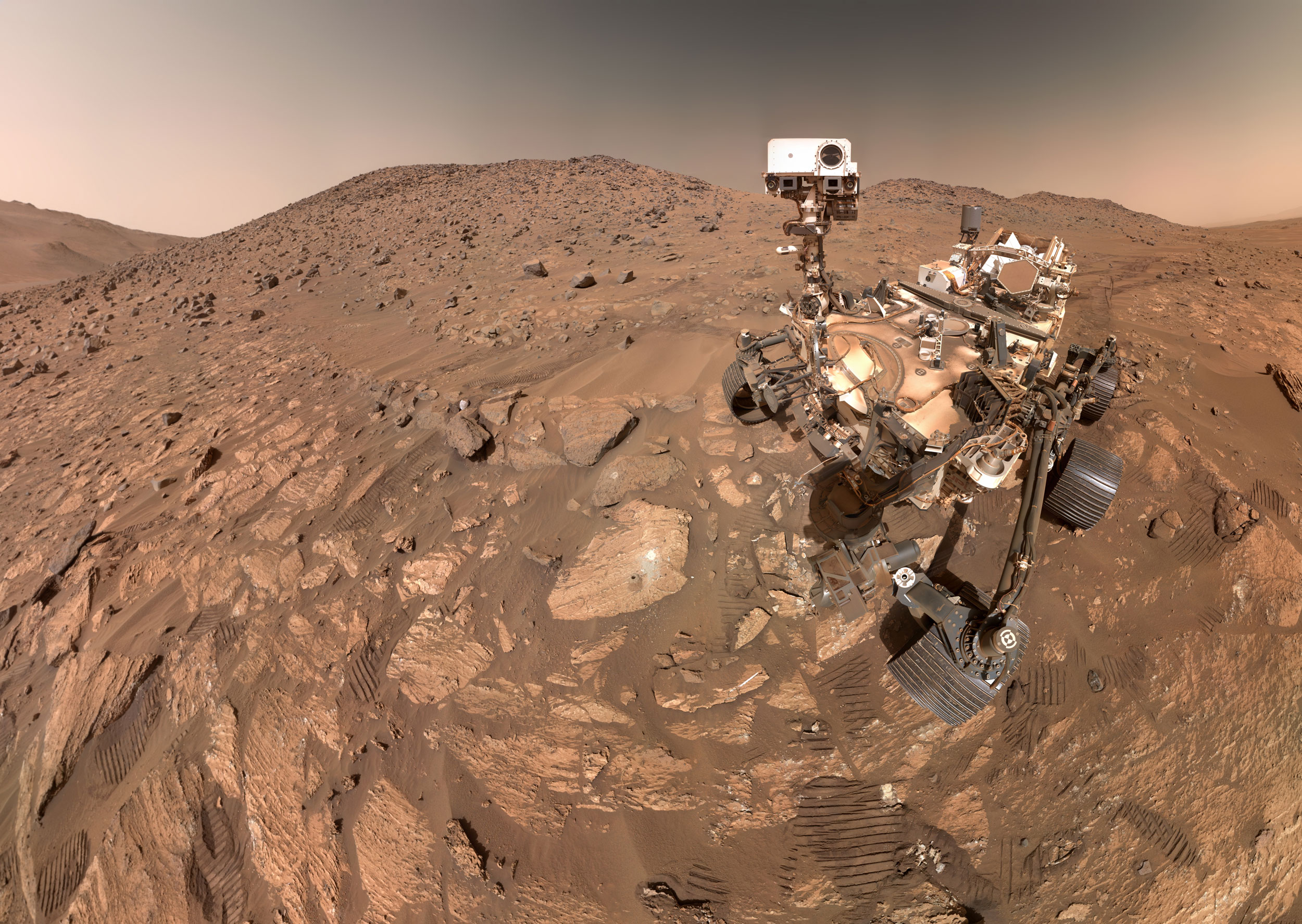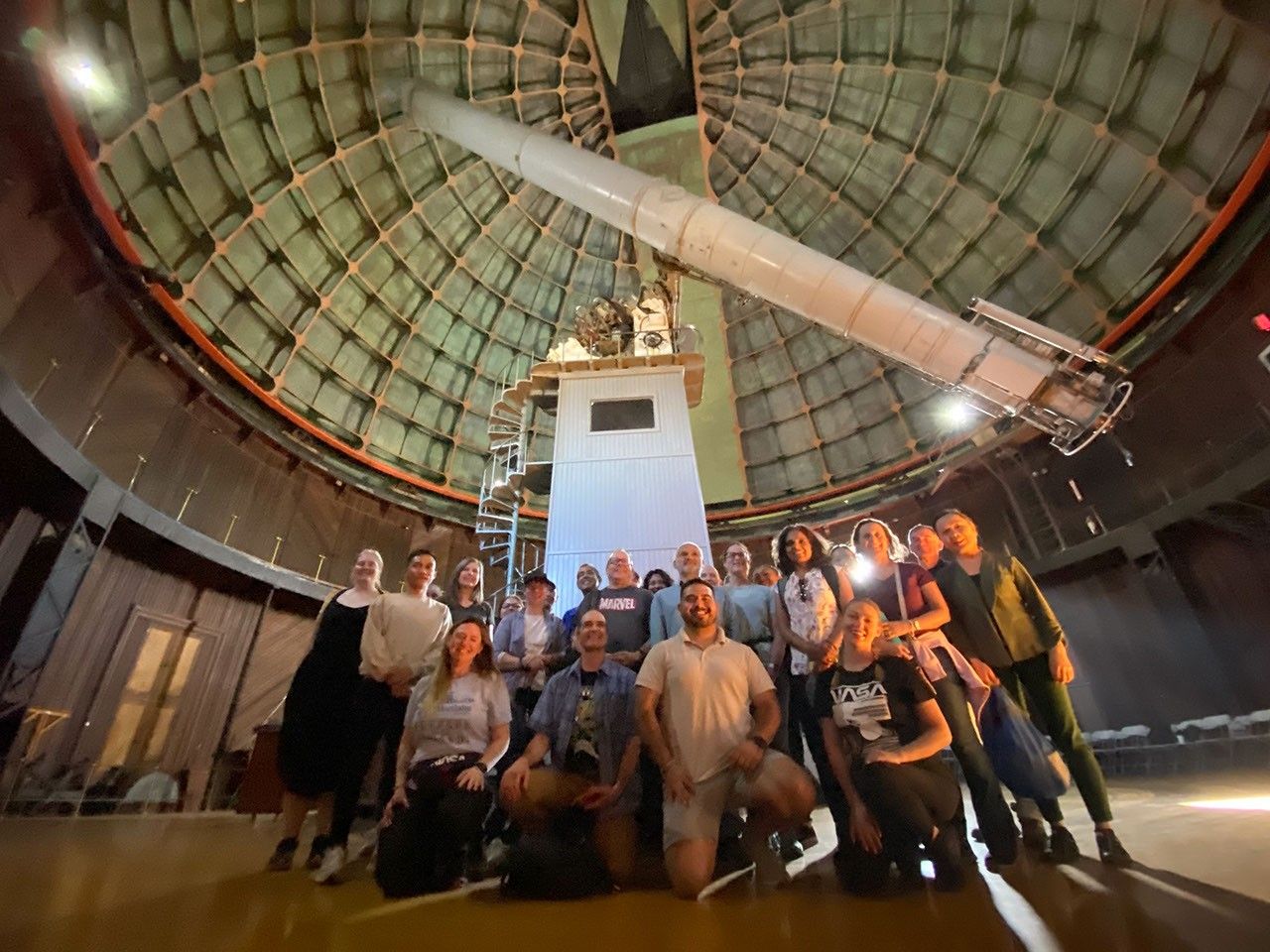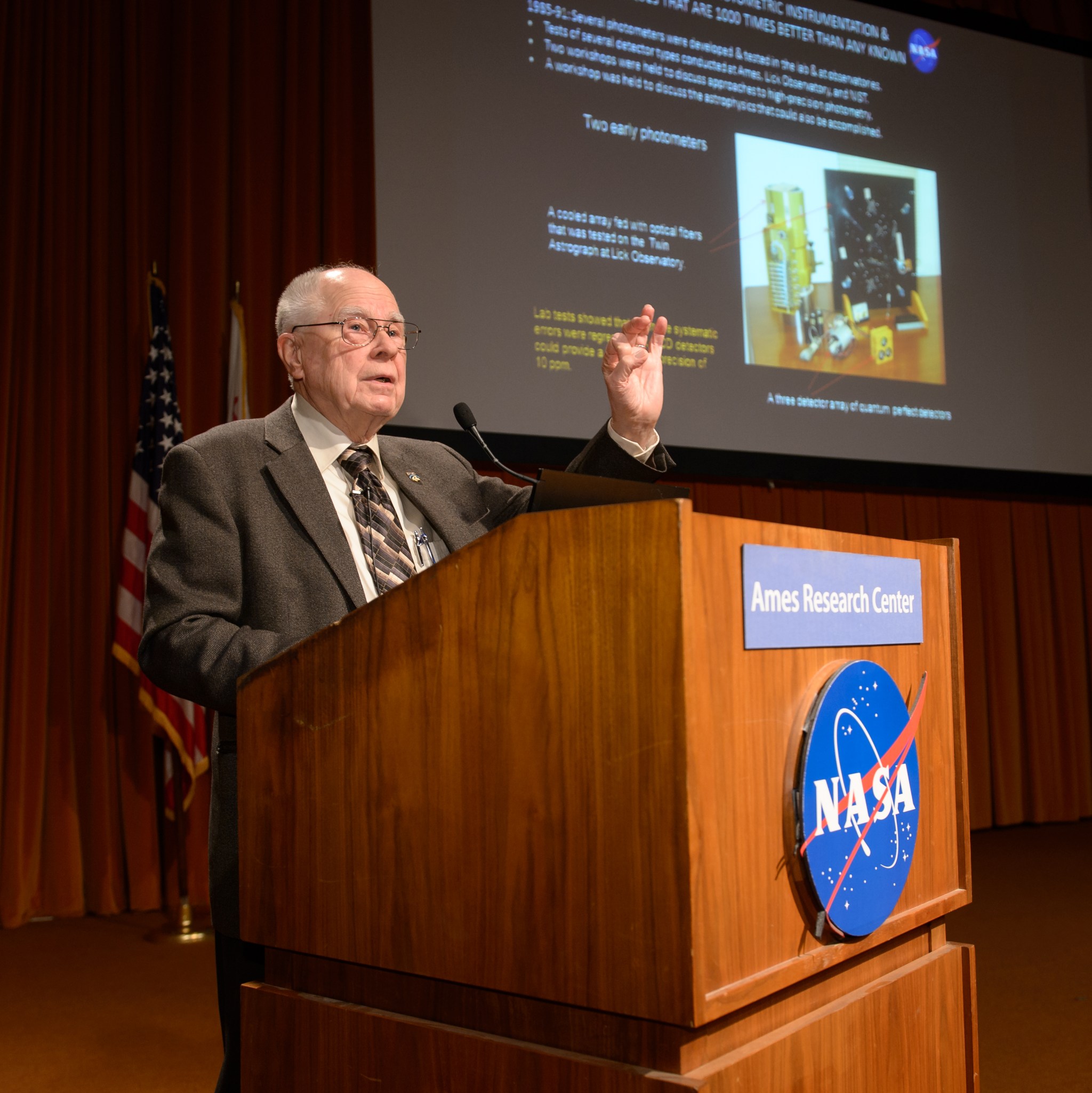It seems like there’s a “bot” for everything these days. And now there’s one more – the TickBot, which is being tested at NASA’s Langley Research Center in Hampton, Virginia. Created by Old Dominion University in nearby Norfolk, the TickBot is a semi-autonomous, eco-friendly robot created to kill and collect ticks.
The TickBot works by using a magnetic sensor that follows a metal wire strung along the ground. Dry ice loaded into the TickBot is released as it crawls along, and the carbon dioxide it emits causes the ticks to grab onto a piece of cloth treated with pyrethrin, a pesticide that is non-toxic to humans.
Langley’s Peter Van Dyke, an environmental protection specialist, described the collection process as “fishing for ticks.”
Tick Territory
Old Dominion students Alexis White and Amanda DeVleeschower recently visited Langley to test the TickBot at the center’s Child Development Center, where ticks had been found on students. Nestled on Langley’s 764-acre campus, the center and its playground are surrounded by open field and forest – prime tick territory.
“The TickBot follows a predetermined perimeter, and it can protect an area by providing immediate relief from tick encounters for 24 hours,” White said.
The tick project started when Old Dominion’s Tick Research Lab asked for land to do its research. Langley saw it as a way to both kill ticks while helping the university test for diseases and learn about migration patterns.
“This project was a small community of collaboration,” Van Dyke said.




























